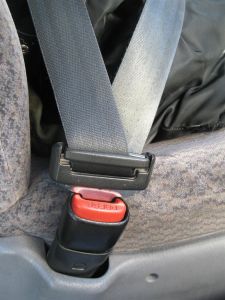Summer means baseball season for many players and their families. Whether you are a coach, parent or athlete, it is important to remain aware of the dangers of baseball and injury. Head injuries can be catastrophic and are commonly associated with sports, including baseball. When on the sidelines or on the field, you can also be preventative and take necessary steps to prevent serious injuries.
Avoiding hits to the face and head can prevent concussion and serious brain injury. According to the Centers for Disease Control and Prevention, there are a number of safety measures involving training and equipment that can prevent serious injury. Our Fort Meyers children’s injury attorneys are dedicated to helping victims of serious head injury, including traumatic brain injury.

Having proper equipment is critical to preventing head injury. All players should use protective equipment, even in the dugout. Helmets are critical to preventing head injury. An athlete should be measured and sized to be certain that the helmet fits properly. Head size can be measured by wrapping soft tape measure around the head, just above the eyebrows and ears. String can also be used and measured against a ruler, if no soft tape is available.
Coaches and parents should make sure that the athlete can see properly and that the helmet is not to big to cover the eyes. A player should feel comfortable in their helmet: ask him or her how it feels. Remember that batters and catchers have different helmets. The catcher’s helmet often comes in one- piece or in a two-piece style with a separate mask. Both styles should fit snugly and there should be no spaces between pads and the player’s head. Baseball caps should not be worn during games because they can change the fit of the helmet.
Whether on the sidelines or on the field, athletes should always keep their eyes on the ball. Young players may be vulnerable to distraction. Keep your youngsters engaged and prepared to catch or defend against flying balls on the field or on the sideline.
If you suspect that a player has suffered a brain injury or concussion, you should never take the incident lightly. Sometimes the severity of an injury is not known for hours or even days after the blow. Internal bleeding can cause serious brain damage, and in some cases, result in death. After a player has been struck by a ball, he or she should be removed from the play and examined by a licensed healthcare provider. No one on the sidelines should be a final judge of the seriousness of the injury. Parents of the player should also be informed about the possibility of a concussion.
Numerous blows to the head can cause long-term brain damage. Many health care professionals recommend sitting out several games, or even the season after a concussion. After a head injury, no player should return to the game. An athlete should return only after examined by a qualified medical provider.
Remember that head injuries can cause lasting and permanent brain injury. The best way to prevent a serious injury, is to be prepared before sports season begins.
Continue reading ›
 Florida Injury Lawyer Blog
Florida Injury Lawyer Blog


























